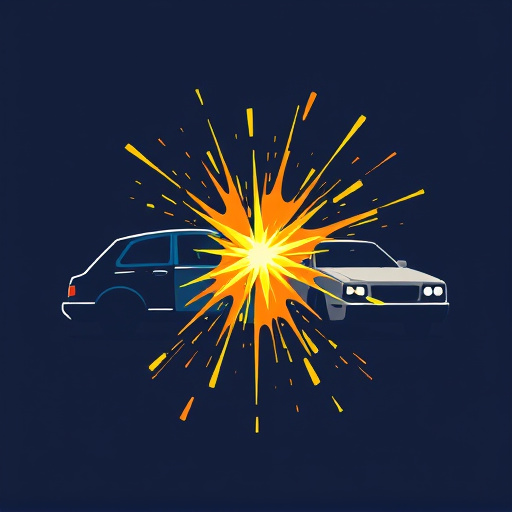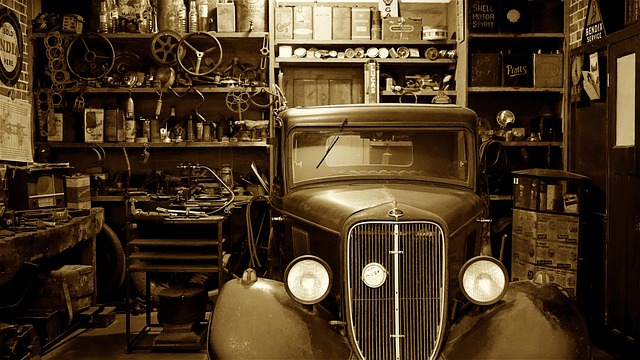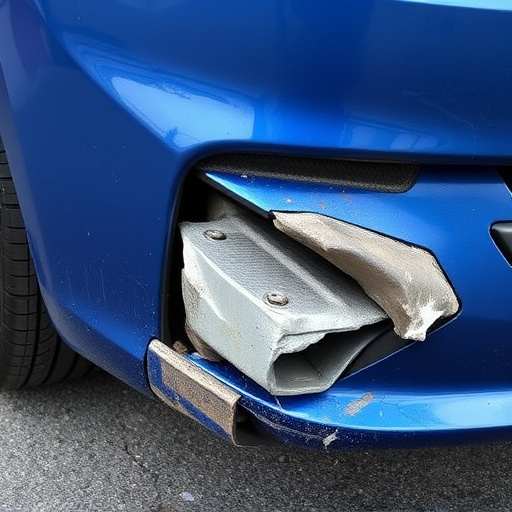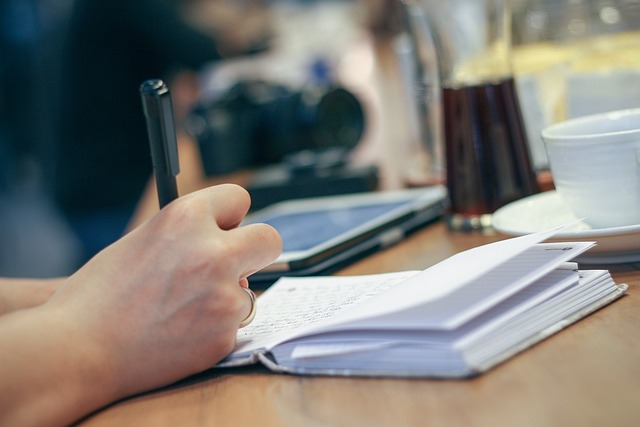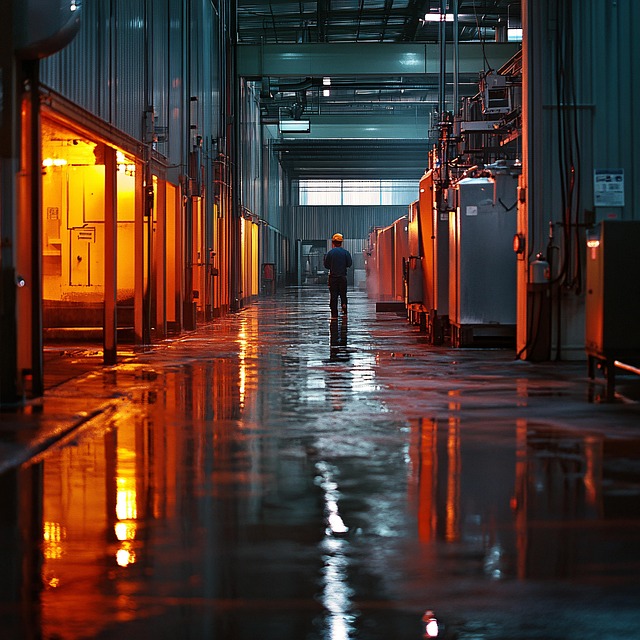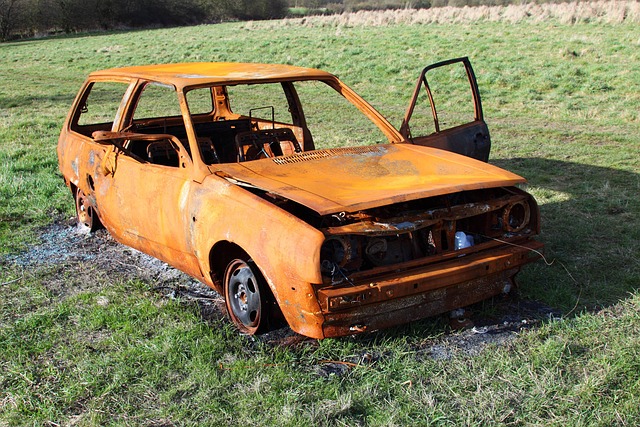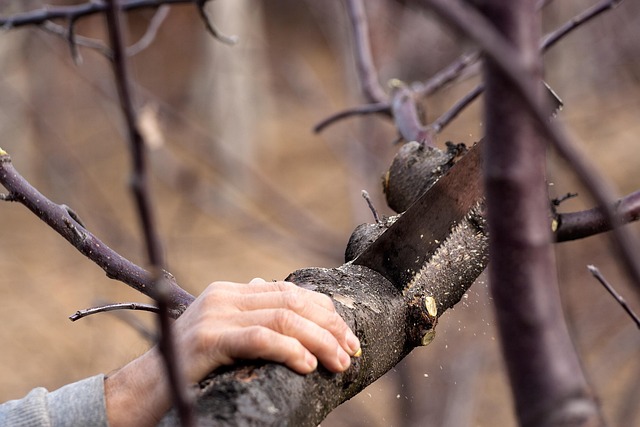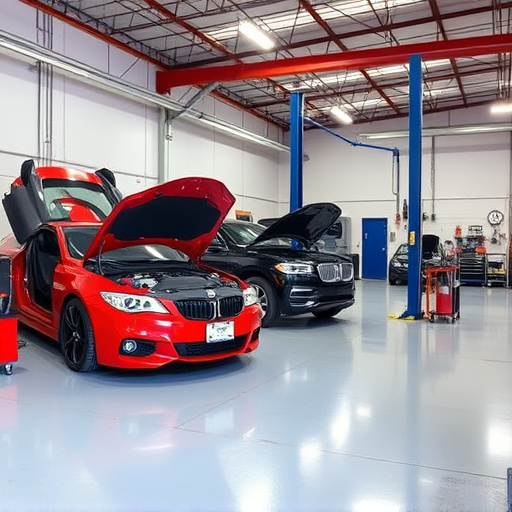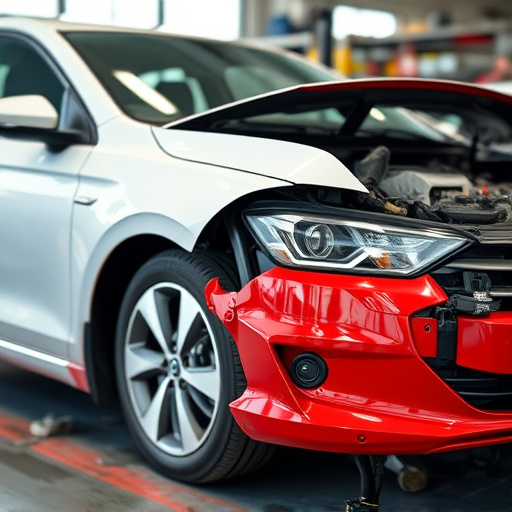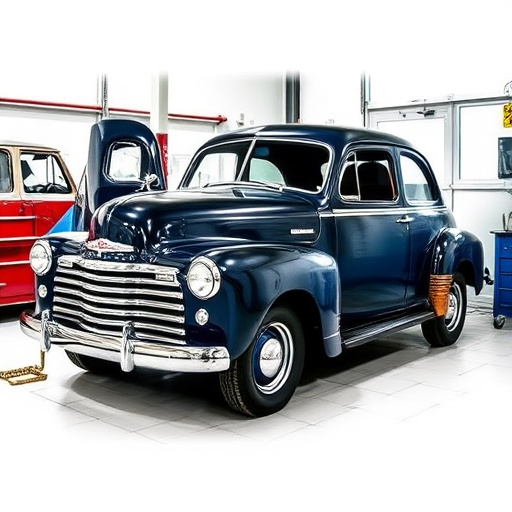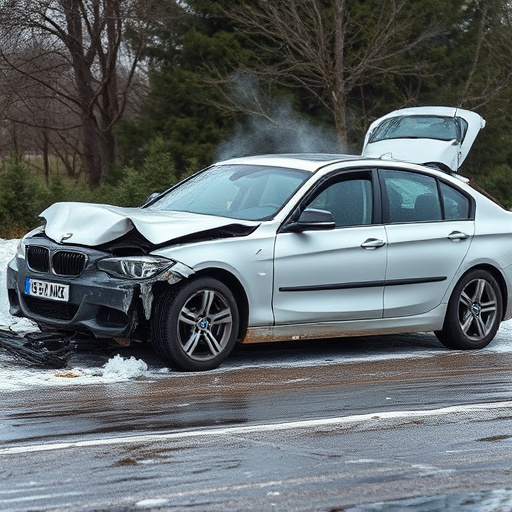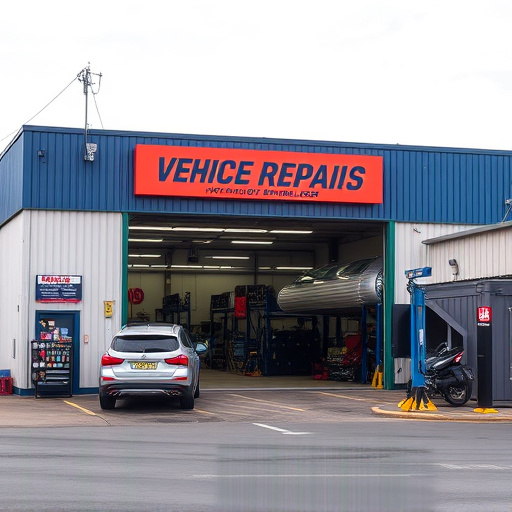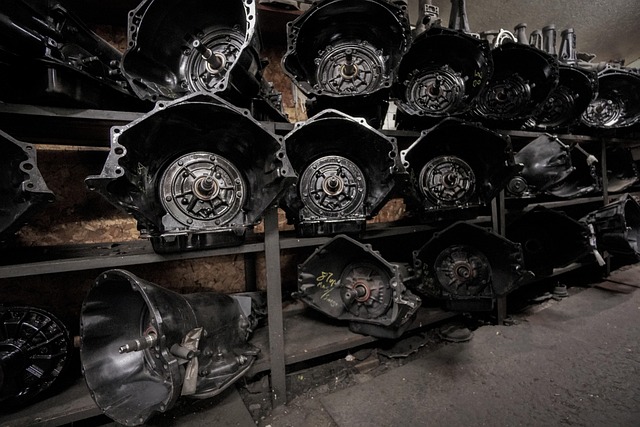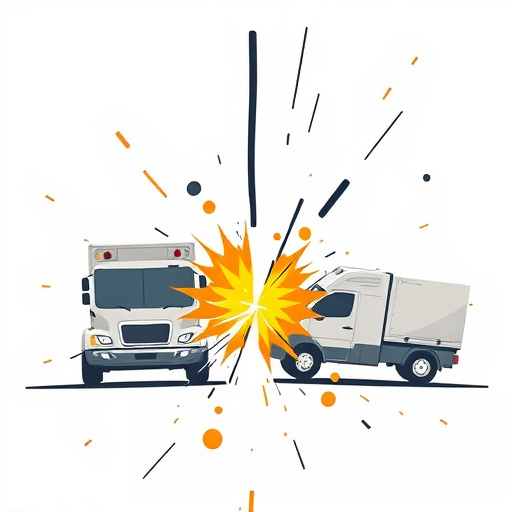Tesla sets high paint thickness standards for durability and aesthetics, using advanced equipment like ultrasonic gauges and laser scanners for non-invasive measurements. This meticulous approach aids professionals in accurate damage assessment, reliable estimates, and informed repair decisions, ensuring top-tier, cost-effective repairs that meet Tesla's stringent quality criteria. Integrating Tesla paint thickness measurements enhances collision repair processes, streamlining estimation for faster turnaround times while maintaining high customer satisfaction through transparent information.
Tesla vehicles are renowned for their sleek, durable designs—but damage can still occur. Accurate Tesla paint thickness measurement is crucial for effective damage assessment and estimates. This guide explores industry standards for Tesla paint thickness, delving into the tools and techniques used by professionals to ensure precise measurements. We’ll also discuss how this data is integrated into damage assessment processes, empowering repairs that match Tesla’s high standards.
- Understanding Tesla Paint Thickness Standards
- Tools and Techniques for Measurement
- Integrating Data for Damage Assessment and Estimates
Understanding Tesla Paint Thickness Standards
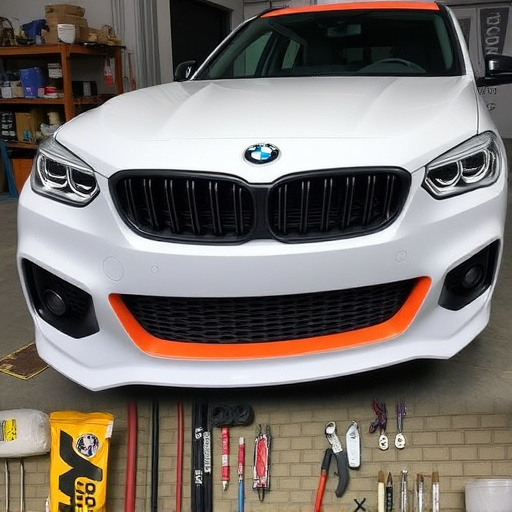
Tesla, a pioneer in electric vehicles, sets stringent paint thickness standards to ensure the durability and aesthetic appeal of their cars. These standards are crucial for both manufacturing excellence and maintaining vehicle value over time. The company’s meticulous approach to painting involves precise measurements to guarantee a uniform and high-quality finish. This is particularly important given the advanced materials and unique production processes Tesla employs, which can affect paint thickness consistency.
Understanding these standards is vital for vehicle body repair and auto maintenance professionals, as it enables them to accurately assess damage and provide reliable estimates for car bodywork services. By utilizing specialized equipment for Tesla paint thickness measurement, technicians can non-invasively gauge the integrity of the paint layer, detect any discrepancies, and make informed decisions during repairs, ensuring that each restored vehicle meets Tesla’s stringent quality criteria.
Tools and Techniques for Measurement
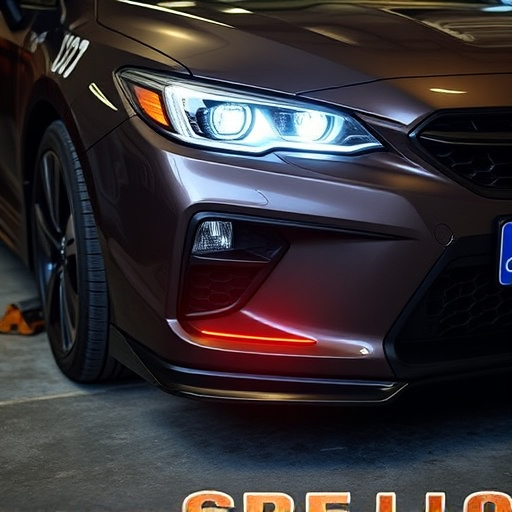
In the realm of Tesla paint thickness measurement, several advanced tools and techniques have emerged to facilitate precise and efficient damage assessment. Key among these are non-destructive testing (NDT) methods such as ultrasonic gauges and laser scanners. These devices enable professionals to measure paint thickness with remarkable accuracy without causing any damage to the vehicle’s surface, a critical aspect for those specializing in auto body repairs, especially when dealing with high-value electric vehicles like Teslas.
Autobody repairs for Teslas, or any vehicle for that matter, require meticulous attention to detail. Professionals rely on these advanced measurement tools to determine the extent of paint damage, be it from fender benders, scrapes, or more severe incidents. Accurate measurements are then used to calculate repair costs and create detailed estimates. For those seeking reliable auto repair near their location, understanding Tesla paint thickness measurement is crucial for ensuring quality work and fair pricing on services like fender repairs.
Integrating Data for Damage Assessment and Estimates
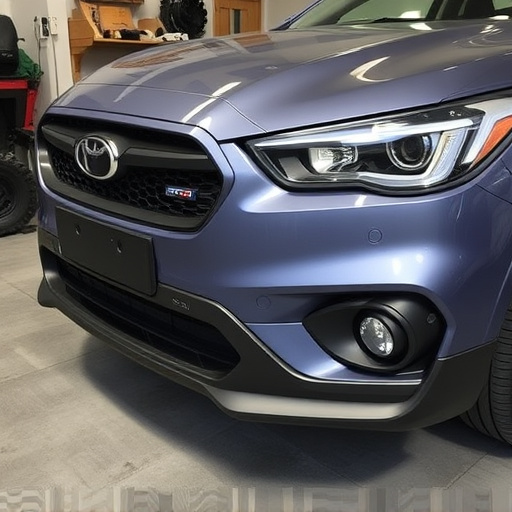
Integrating data from Tesla paint thickness measurements is a game-changer for damage assessment and estimates in the automotive industry, particularly for vehicle collision repair. These precise measurements provide invaluable insights into the extent of the damage, ensuring that every repair is accurate and thorough. By combining this data with information from other sensors and imaging technologies, professionals can gain a comprehensive view of the vehicle’s condition.
This holistic approach to damage assessment, incorporating Tesla paint thickness measurement as a key component, facilitates more reliable and cost-effective auto glass replacement and automotive collision repair processes. It streamlines the estimation phase, enabling faster turnaround times without compromising quality. This, in turn, enhances customer satisfaction by providing transparent and accurate information from the outset.
Tesla paint thickness measurement is a critical component of damage assessment and estimates, ensuring accurate repairs and customer satisfaction. By understanding industry standards, utilizing advanced tools and techniques, and integrating data effectively, professionals can significantly enhance the efficiency and precision of their work. This comprehensive approach not only guarantees top-quality repairs but also maintains the integrity and value of Tesla vehicles.
